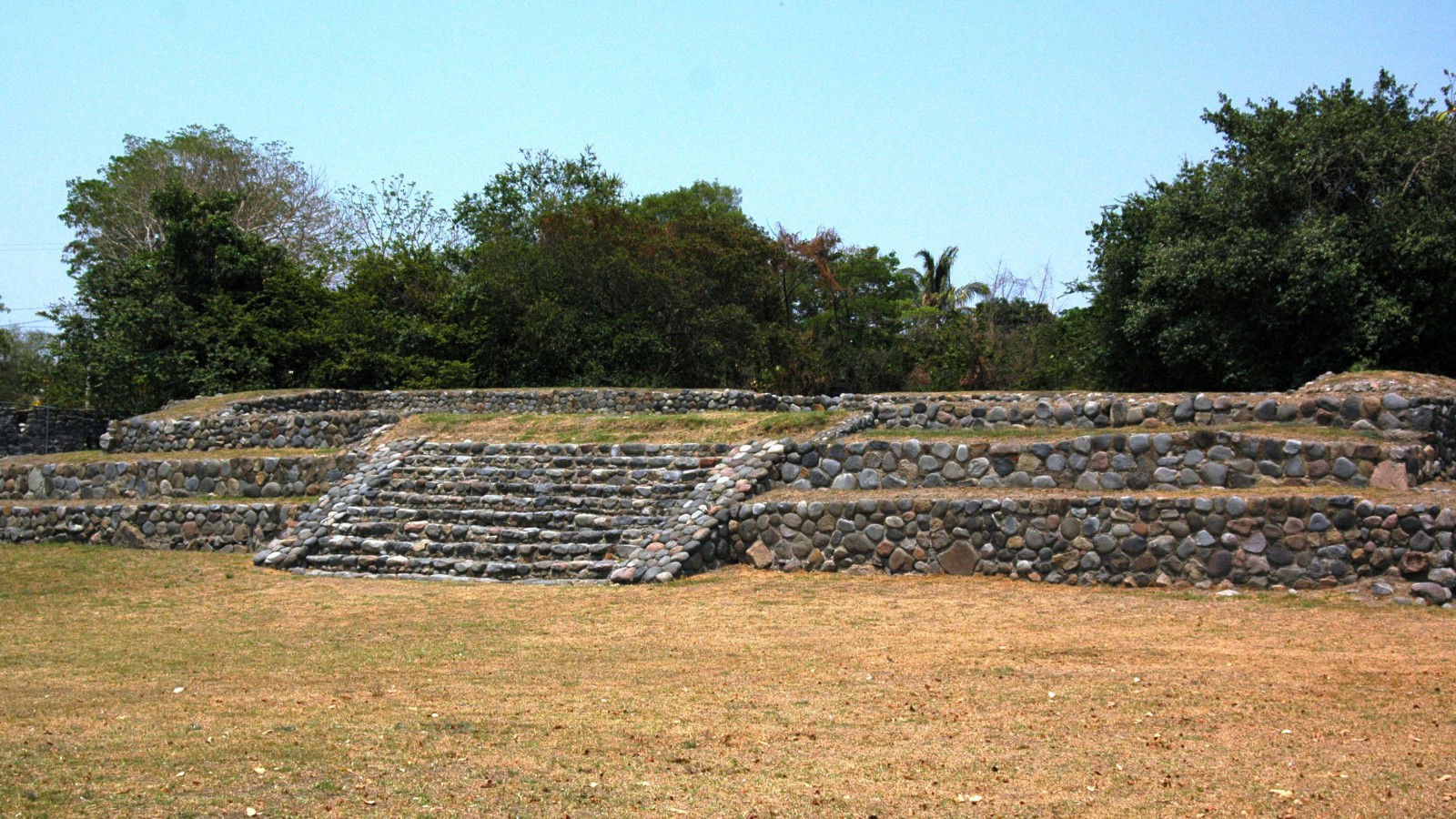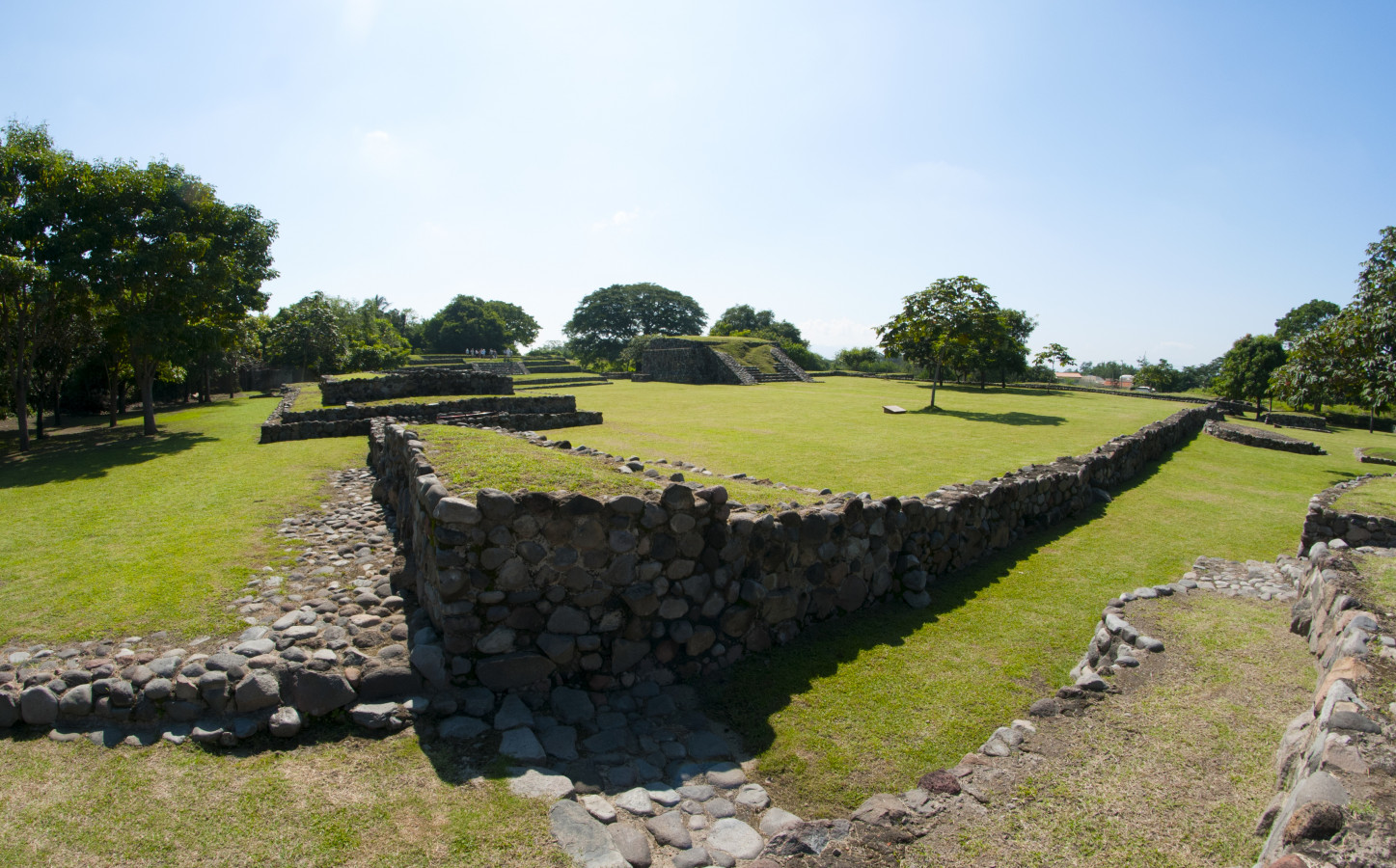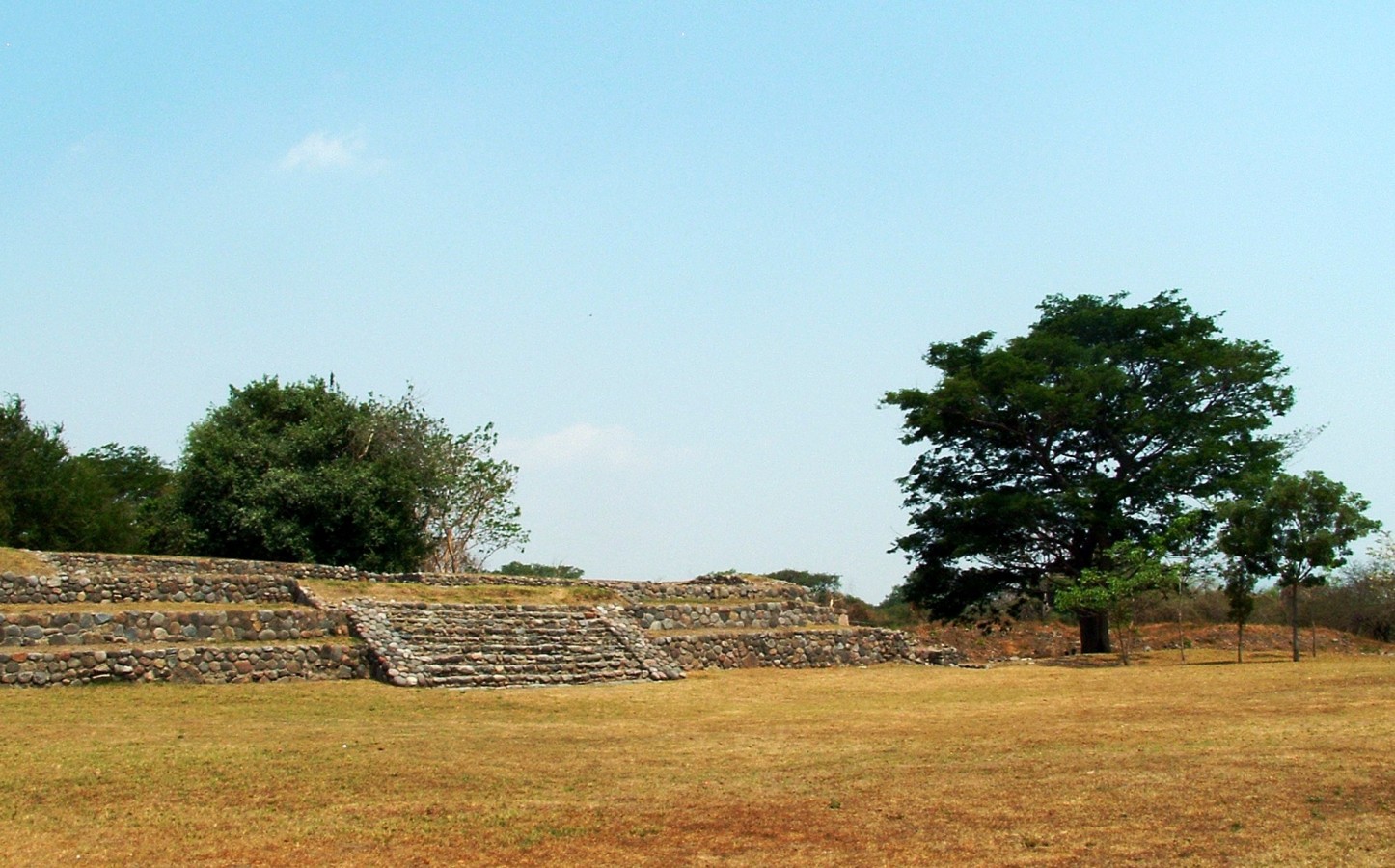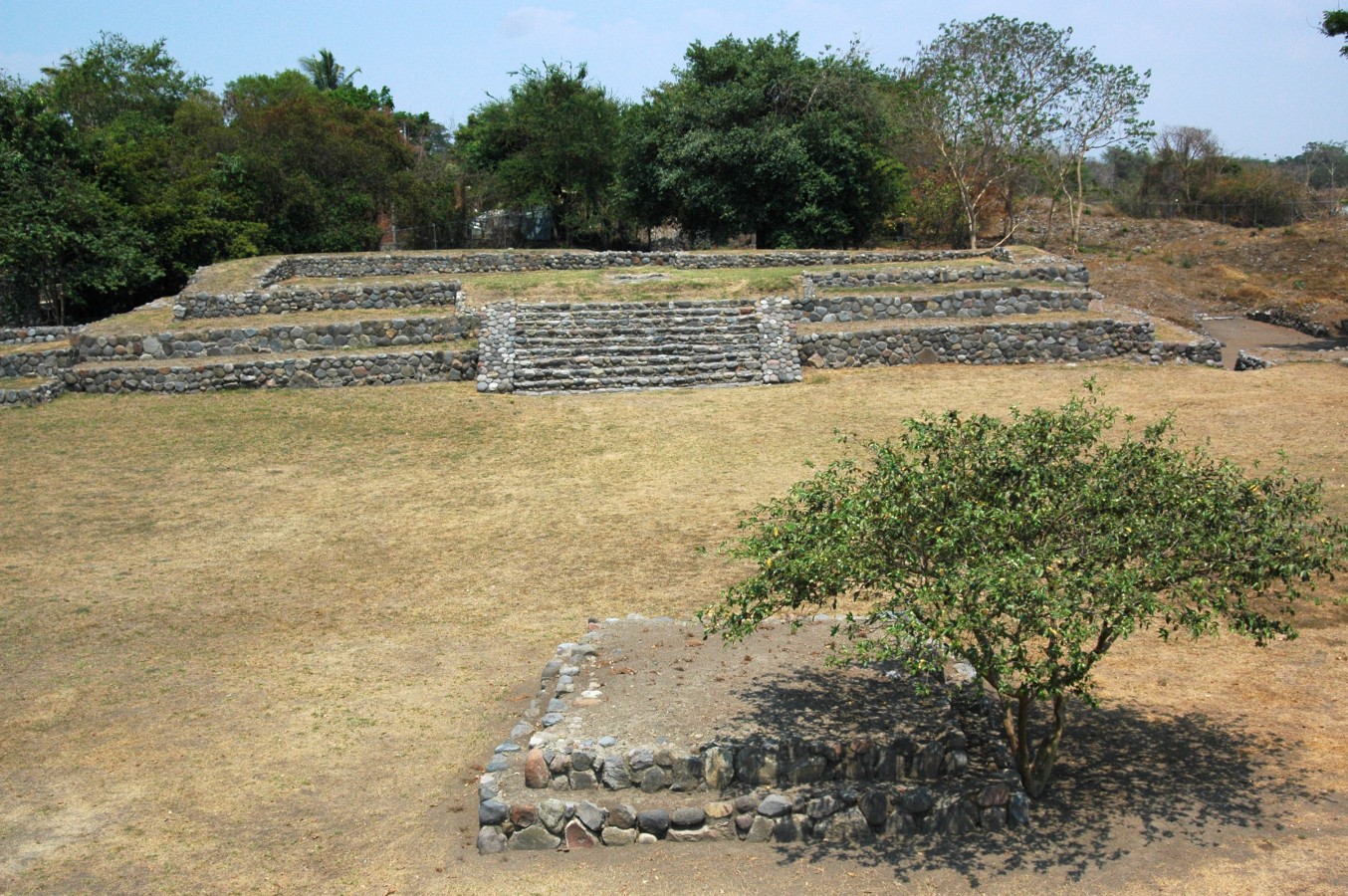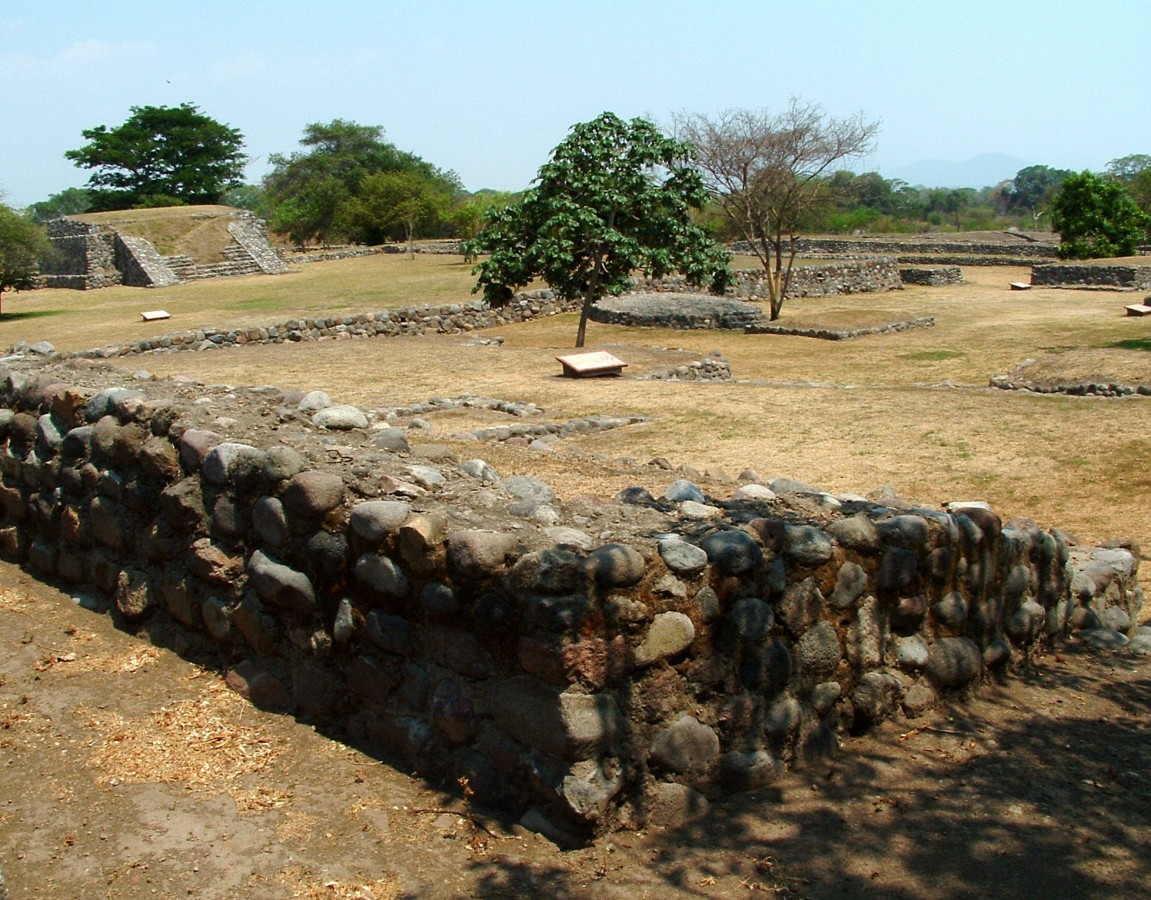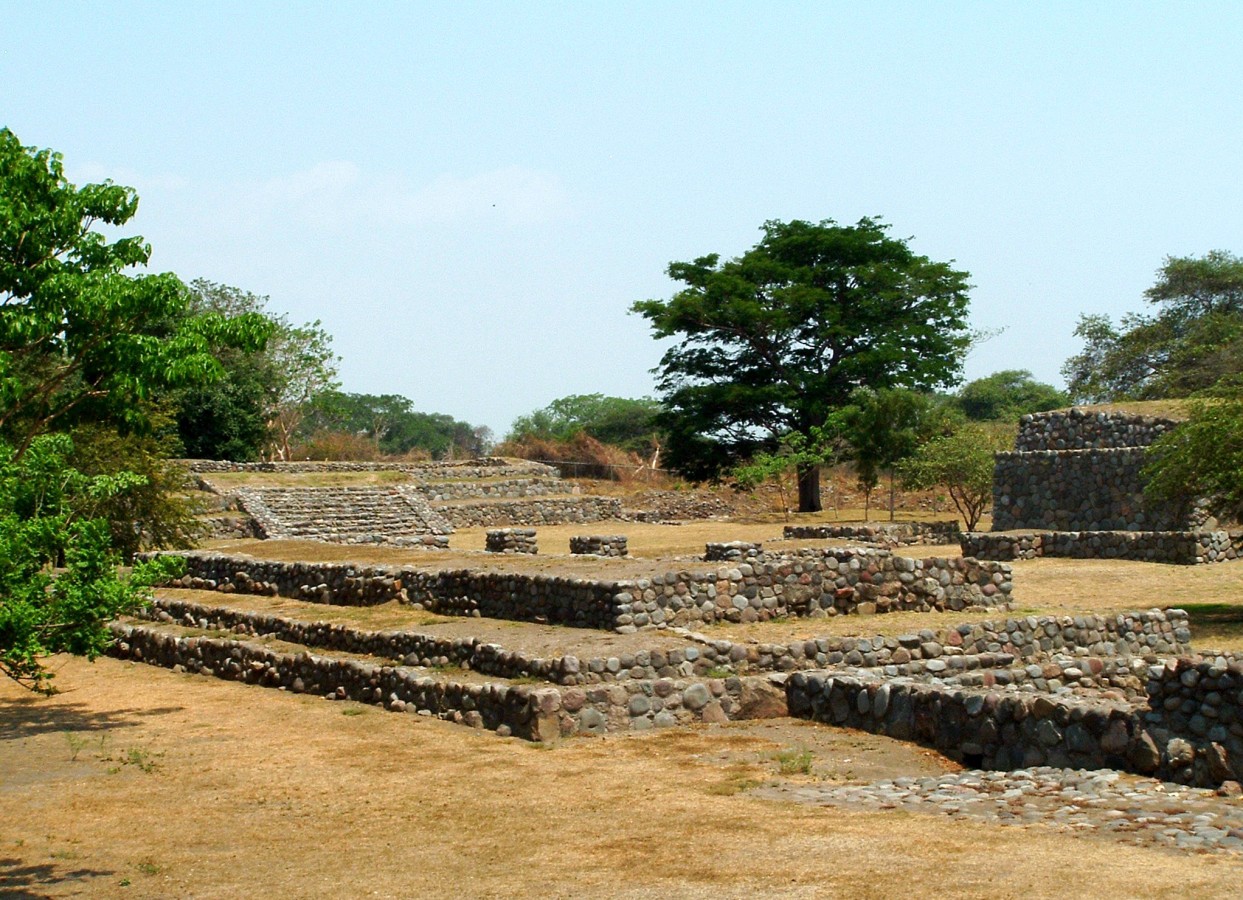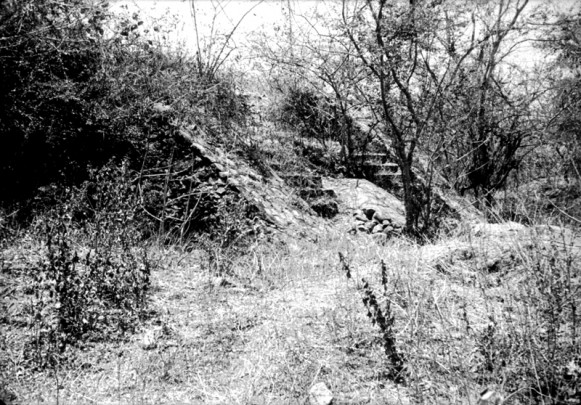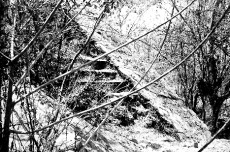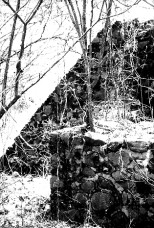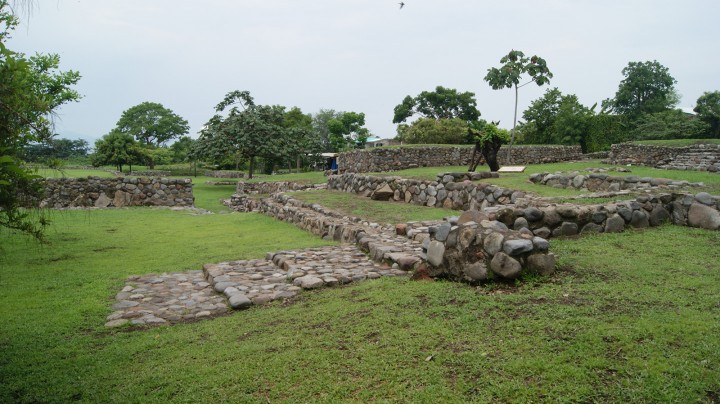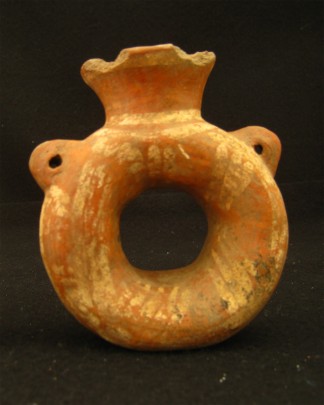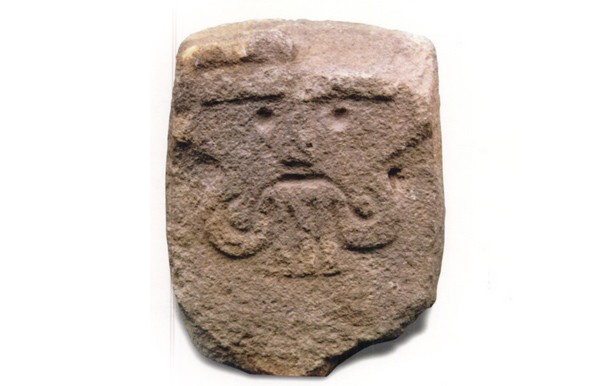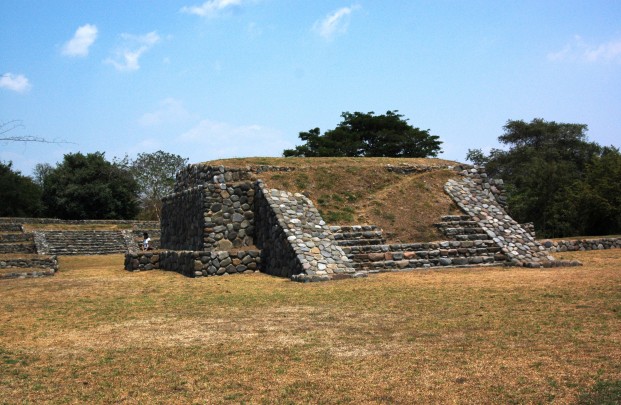El Chanal
Place inhabited by the guardians of the water (“Chanos”).
El Chanal is one of the most important sites of the Postclassic period in Western Mesoamerica, due to its unique architectural characteristics, its location, its time period and the size of the territory it covers.
About the site
This space handed down by the ancestors of the Mexican people covers land in the towns of Villa de Álvarez and Colima, where the area open to the public is found. The people who lived in this area knew how to take advantage of the valley’s bounty in order to survive and they were able to appropriate everything that it offered them. They built their city, which is recognized for its architecture, on both banks of the Colima river. It spans an area of a little over 445 acres.
Although a large part of the remains were found buried—waiting to be studied and released from their ancestral enclosure—today it is possible to enjoy closely connected ceremonial buildings, among which temples, palaces, altars and a ballgame court are found. Around this religious complex, there are also various blocks of residential buildings, each with an entry stairway. The formation of a small plaza can be distinguished in the center of each of them.
The houses were made using small tree trunks arranged vertically and continually to define the walls. These were then covered with a mud plaster, which gave a very fine finish to the inside and outside of the dwellings. For the roof, they used a tough, wiry grass from the region.
On first encountering the valley, the Spanish conquistadors saw that it was mostly inhabited by dispersed, Nahua-speaking groups, which is why this ethnic affiliation was attributed to the site. It should be mentioned that, although this claim has been acceptable so far, DNA tests have not been carried out to confirm or dismiss it.
The various discoveries and the analysis of the recovered materials have been able to account for various activities of the groups who lived in this area. With reference to metallurgy, the search shows the manufacture of decorative objects, such as breastplates and bells, as well as tools, particularly needles (which there are a lot of). Ceramic fragments were also recuperated with metal stamps or imprints inside, which indicates that copper, silver and gold were melted.
It is also important to mention the production of pottery which was used for many purposes, from domestic to religious. Many of the pots’ designs, both in shape and in decoration, are completely local. However, there are ceramic remains which are intimately linked with the Aztatlán tradition (based on codex decorative designs) and have designs with a strong influence from the ceramics of the Chupicuaro tradition. With regard to long-distance trade, the turquoise objects and the Plumbate style vessels stand out, which were not made locally.
Although there is not a lot of archeological information referring to agriculture, the food requirements of a large city had to be secured through the production of various crops, especially the growing system known as the milpa (pumpkin, corn and chilies). According to a few historical sources, it is thought that they also farmed cacao and cotton.
The settlers in El Chanal used stone to make decorative elements and everyday utensils. As for polished stone, there are some functional objects, such as axes, hammers, polishers, grinders and milling stones (metates), as well as decorative and sumptuary objects, such as carved stones and some sculptures found in funeral bundles. The polished stone corresponds to the working of obsidian, a raw material originating from Michoacán, which was used to make blades and arrowheads.
In the second decade of the twentieth century, a group of enthusiasts interested in the area, led by professor Miguel Galindo, began to systematically record the ancient material remains which they discovered in various plots of the Colima valley. As a result of this work, in 1939 the recently created INAH sent the archeologist Roque Ceballos to carry out an assessment of the site and to promote the creation of a museum. Over time, the archeologists Vladimiro Rosado Ojeda, Isabel Kelly, Nicolás García, María de los Ángeles Olay Barrientos followed suit and, from 2008, Andrés Saúl Alcántara Salinas led the El Chanal Archeological Project.
Although a large part of the remains were found buried—waiting to be studied and released from their ancestral enclosure—today it is possible to enjoy closely connected ceremonial buildings, among which temples, palaces, altars and a ballgame court are found. Around this religious complex, there are also various blocks of residential buildings, each with an entry stairway. The formation of a small plaza can be distinguished in the center of each of them.
The houses were made using small tree trunks arranged vertically and continually to define the walls. These were then covered with a mud plaster, which gave a very fine finish to the inside and outside of the dwellings. For the roof, they used a tough, wiry grass from the region.
On first encountering the valley, the Spanish conquistadors saw that it was mostly inhabited by dispersed, Nahua-speaking groups, which is why this ethnic affiliation was attributed to the site. It should be mentioned that, although this claim has been acceptable so far, DNA tests have not been carried out to confirm or dismiss it.
The various discoveries and the analysis of the recovered materials have been able to account for various activities of the groups who lived in this area. With reference to metallurgy, the search shows the manufacture of decorative objects, such as breastplates and bells, as well as tools, particularly needles (which there are a lot of). Ceramic fragments were also recuperated with metal stamps or imprints inside, which indicates that copper, silver and gold were melted.
It is also important to mention the production of pottery which was used for many purposes, from domestic to religious. Many of the pots’ designs, both in shape and in decoration, are completely local. However, there are ceramic remains which are intimately linked with the Aztatlán tradition (based on codex decorative designs) and have designs with a strong influence from the ceramics of the Chupicuaro tradition. With regard to long-distance trade, the turquoise objects and the Plumbate style vessels stand out, which were not made locally.
Although there is not a lot of archeological information referring to agriculture, the food requirements of a large city had to be secured through the production of various crops, especially the growing system known as the milpa (pumpkin, corn and chilies). According to a few historical sources, it is thought that they also farmed cacao and cotton.
The settlers in El Chanal used stone to make decorative elements and everyday utensils. As for polished stone, there are some functional objects, such as axes, hammers, polishers, grinders and milling stones (metates), as well as decorative and sumptuary objects, such as carved stones and some sculptures found in funeral bundles. The polished stone corresponds to the working of obsidian, a raw material originating from Michoacán, which was used to make blades and arrowheads.
In the second decade of the twentieth century, a group of enthusiasts interested in the area, led by professor Miguel Galindo, began to systematically record the ancient material remains which they discovered in various plots of the Colima valley. As a result of this work, in 1939 the recently created INAH sent the archeologist Roque Ceballos to carry out an assessment of the site and to promote the creation of a museum. Over time, the archeologists Vladimiro Rosado Ojeda, Isabel Kelly, Nicolás García, María de los Ángeles Olay Barrientos followed suit and, from 2008, Andrés Saúl Alcántara Salinas led the El Chanal Archeological Project.
Did you know...
- The discoveries recorded in the area of monuments, as well as outside it, mark an area of influence which reaches to the current states of Jalisco and Michoacán.
- The current area of the site is 210 acres.
- Evidence exists of trading contacts very far from their area of influence, both to the north and the south.
Practical information
Tuesday to Saturday from 9:00 to 14:00 hrs.
$75.00 pesos
Se localiza a 6 km al norte de la ciudad de Colima.
From the main square of the city of Colima, take the El Chanal road or Prolongación Calle Venustiano Carranza to the Tercer Anillo Periférico, which leads to the town of the same name.
From the city of Guadalajara, take the road to Colima and, once in Comala, take the Tercer Anillo Periférico to the town of El Chanal.
From the city of Guadalajara, take the road to Colima and, once in Comala, take the Tercer Anillo Periférico to the town of El Chanal.
Services
-
+52 (312) 313 4946
-
This email address is being protected from spambots. You need JavaScript enabled to view it.
Directory
Administrador Centro INAH Colima
Juan Enrique Cortes Brizuela
This email address is being protected from spambots. You need JavaScript enabled to view it.
+52 (312) 313 4945, ext. 158002

